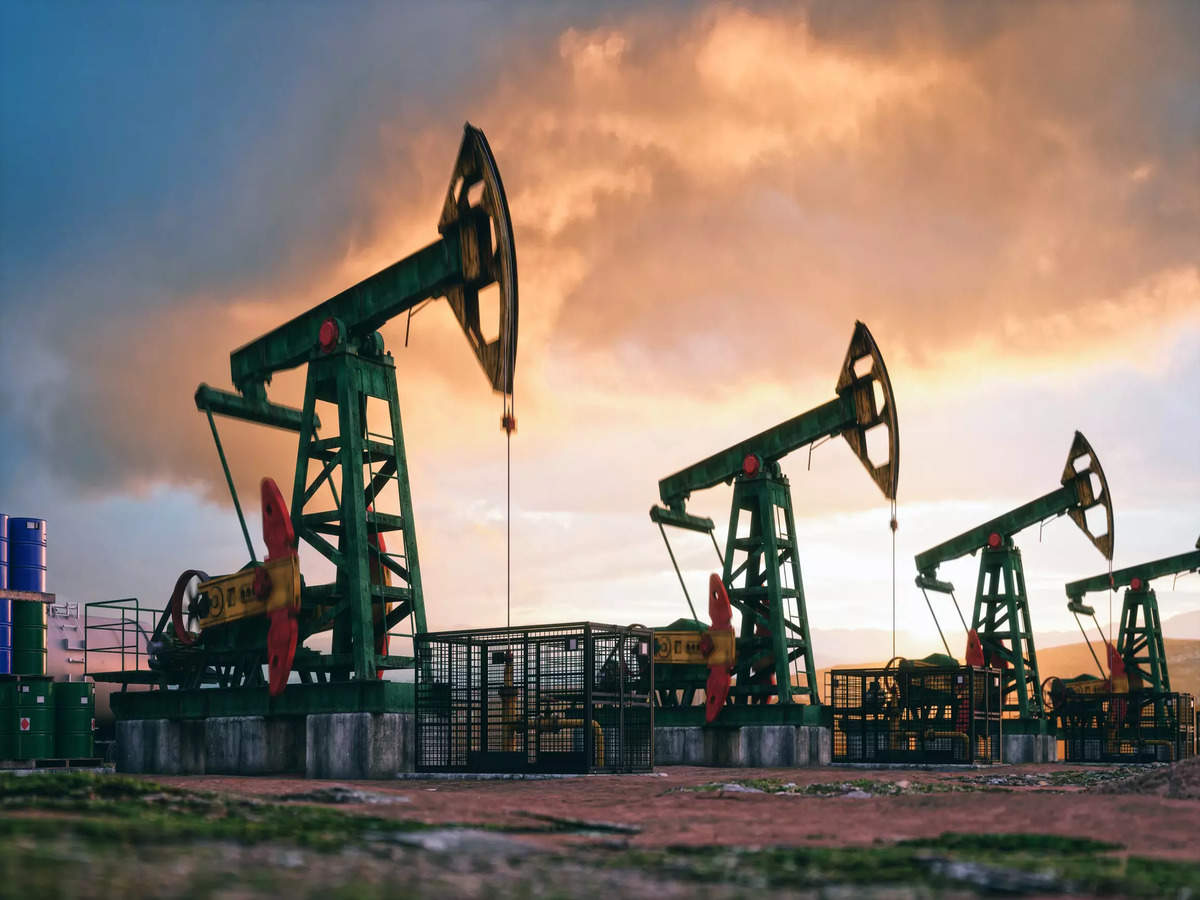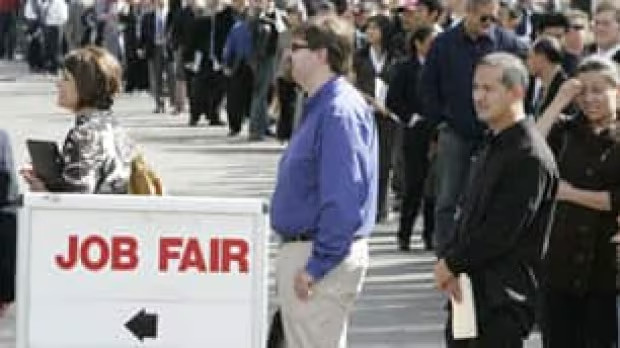
China’s robust economic recovery is sending ripples of concern through India as Brent crude prices edge closer to the $90 mark. The surge in oil prices, coupled with China’s rapid rebound from the pandemic-induced slowdown, has ignited worries about the impact on India’s economy.
As China emerges from the pandemic with strong momentum, its demand for commodities, including oil, has surged. This surge has been a significant driver behind the recent spike in global oil prices, with Brent crude approaching $90 per barrel.
For India, a major importer of oil, higher crude prices pose a dual challenge. Firstly, they inflate the country’s import bill, putting pressure on its current account deficit and currency. Secondly, elevated oil prices can stoke inflationary pressures, potentially hampering the country’s economic recovery efforts.
India’s economic rebound from the pandemic has been promising, but it remains vulnerable to external shocks, particularly those related to oil prices. With Brent crude nearing the $90 mark, policymakers in India are closely monitoring the situation and considering appropriate measures to mitigate the impact.
One key concern is the potential for higher fuel prices to dampen consumer spending, which could weigh on domestic demand and economic growth. Additionally, elevated oil prices could put upward pressure on inflation, complicating the Reserve Bank of India’s efforts to manage price stability while supporting growth.
Moreover, the resurgence of oil prices underscores the importance of diversifying India’s energy sources and promoting renewable energy alternatives. By reducing dependence on imported oil and transitioning to cleaner energy sources, India can enhance its energy security and mitigate the impact of oil price fluctuations on its economy.
In conclusion, China’s robust economic recovery and the consequent surge in oil prices are raising concerns for India. As Brent crude approaches $90 per barrel, policymakers in India are faced with the challenge of navigating the potential economic ramifications and implementing measures to safeguard the country’s growth trajectory amidst uncertain global dynamics.







